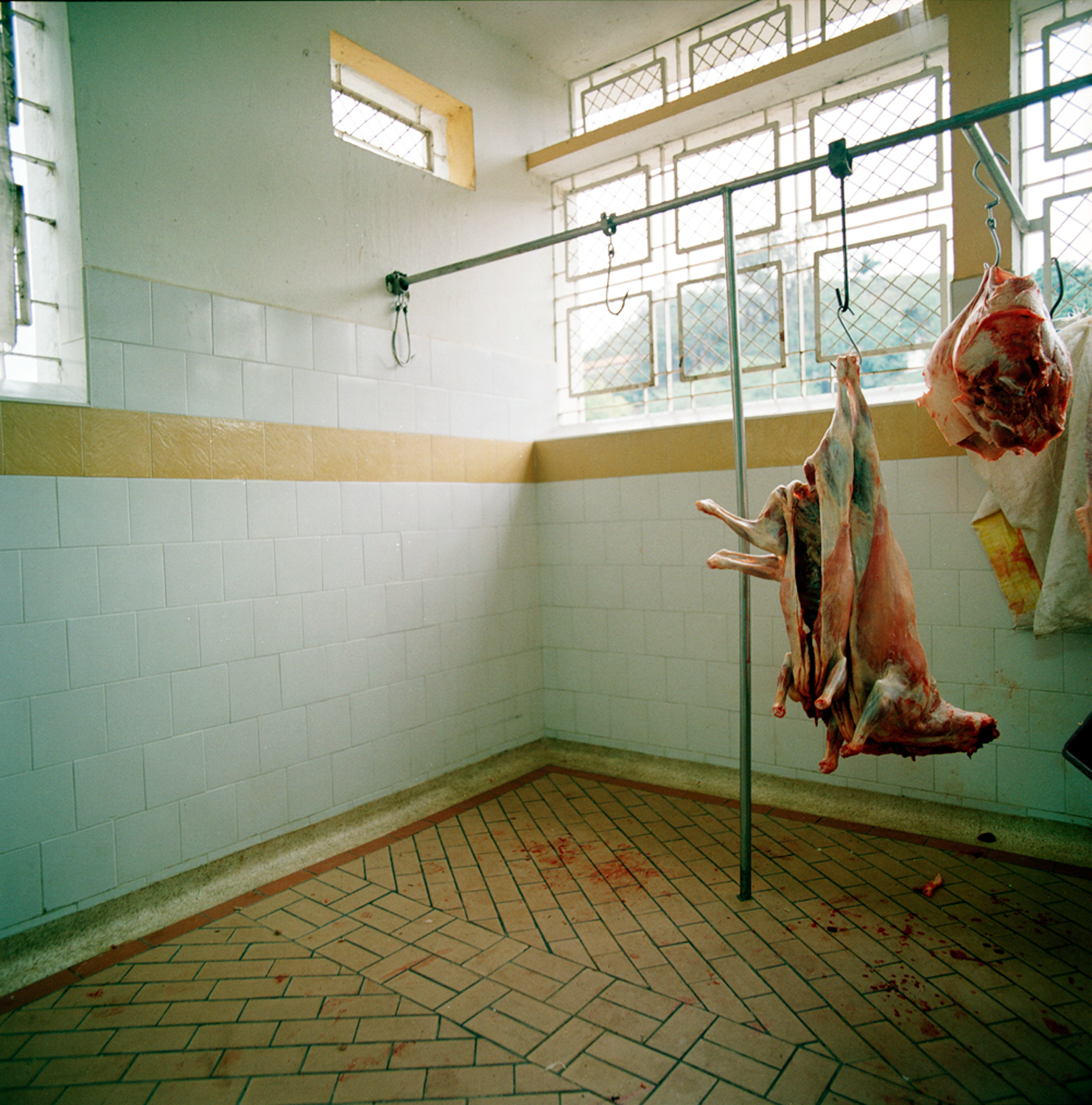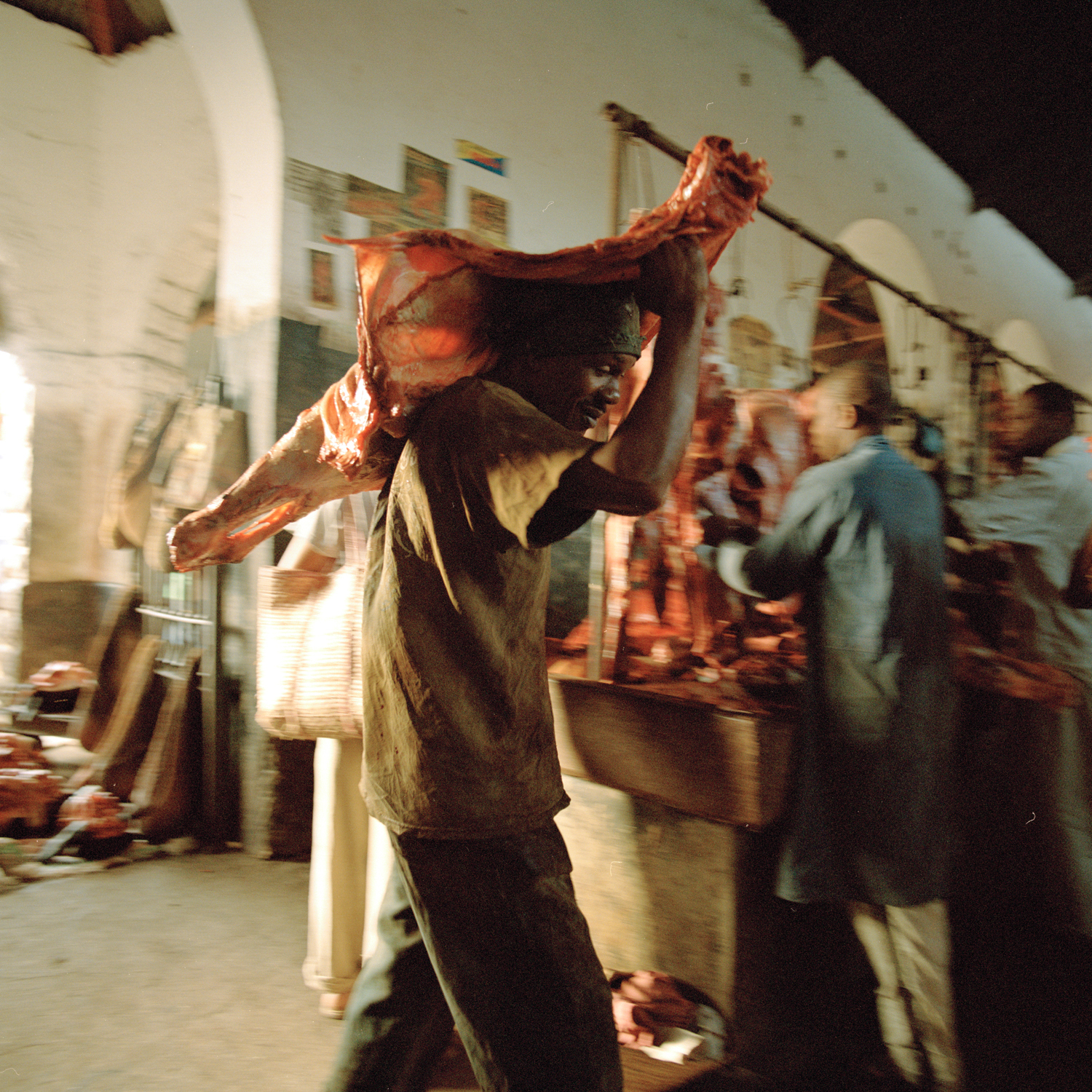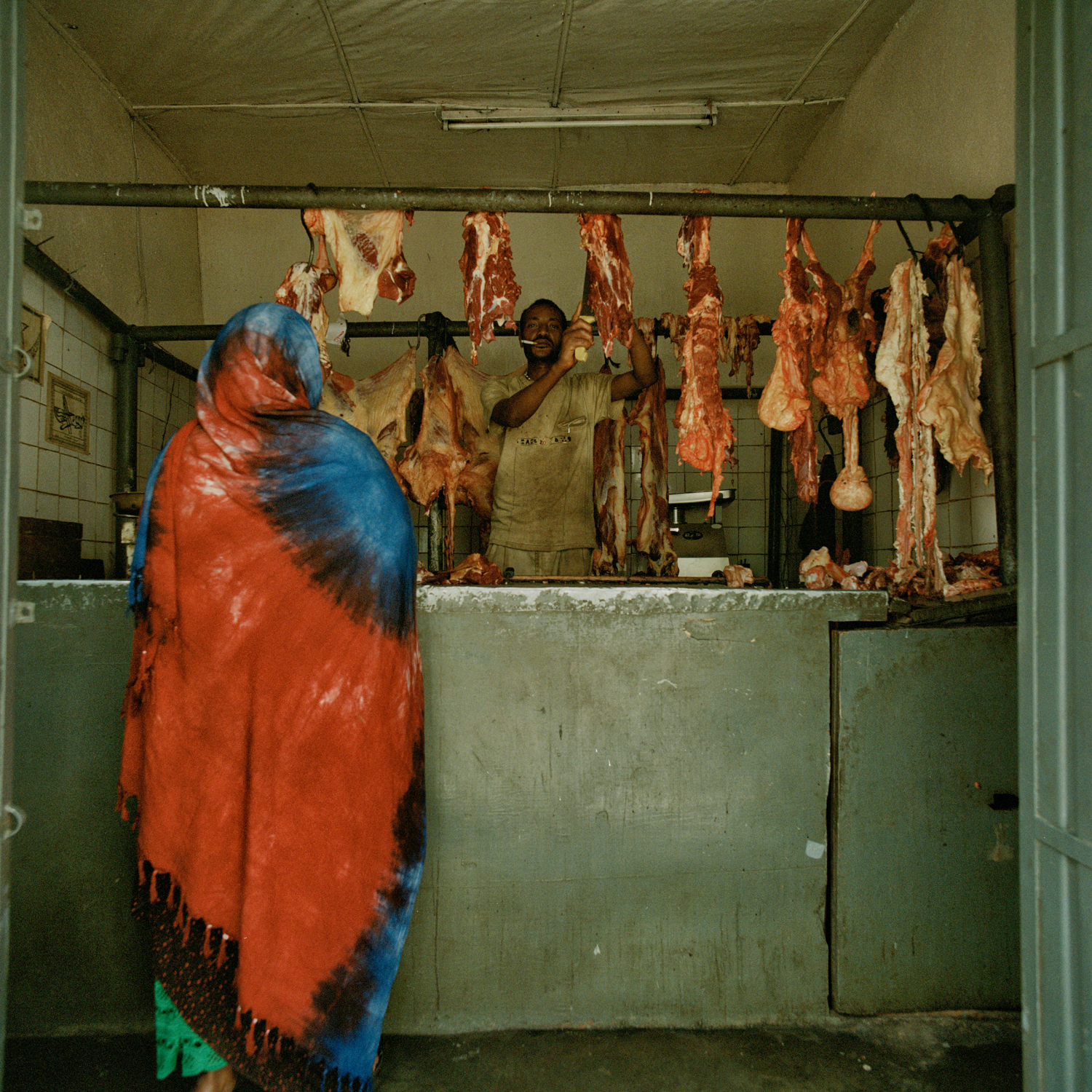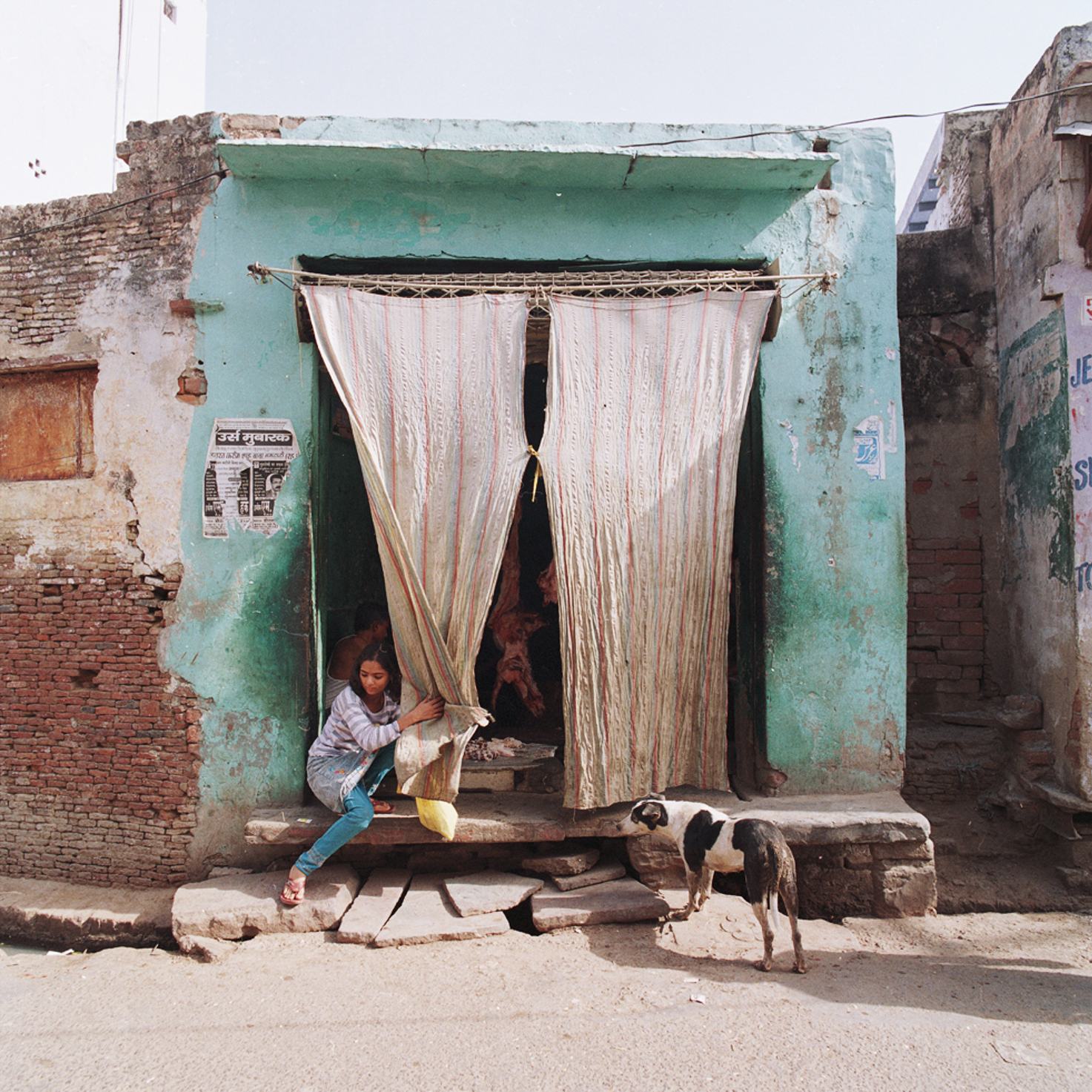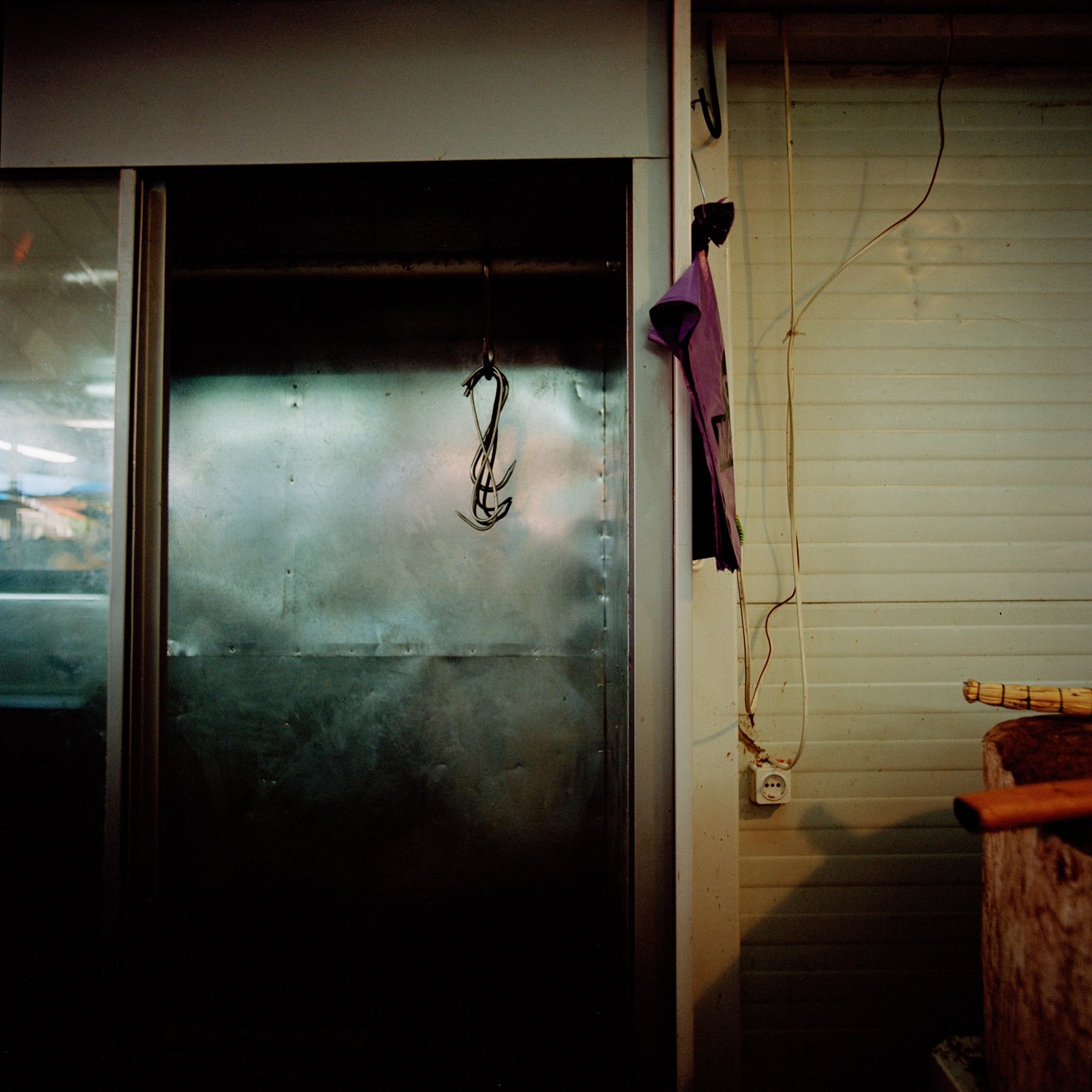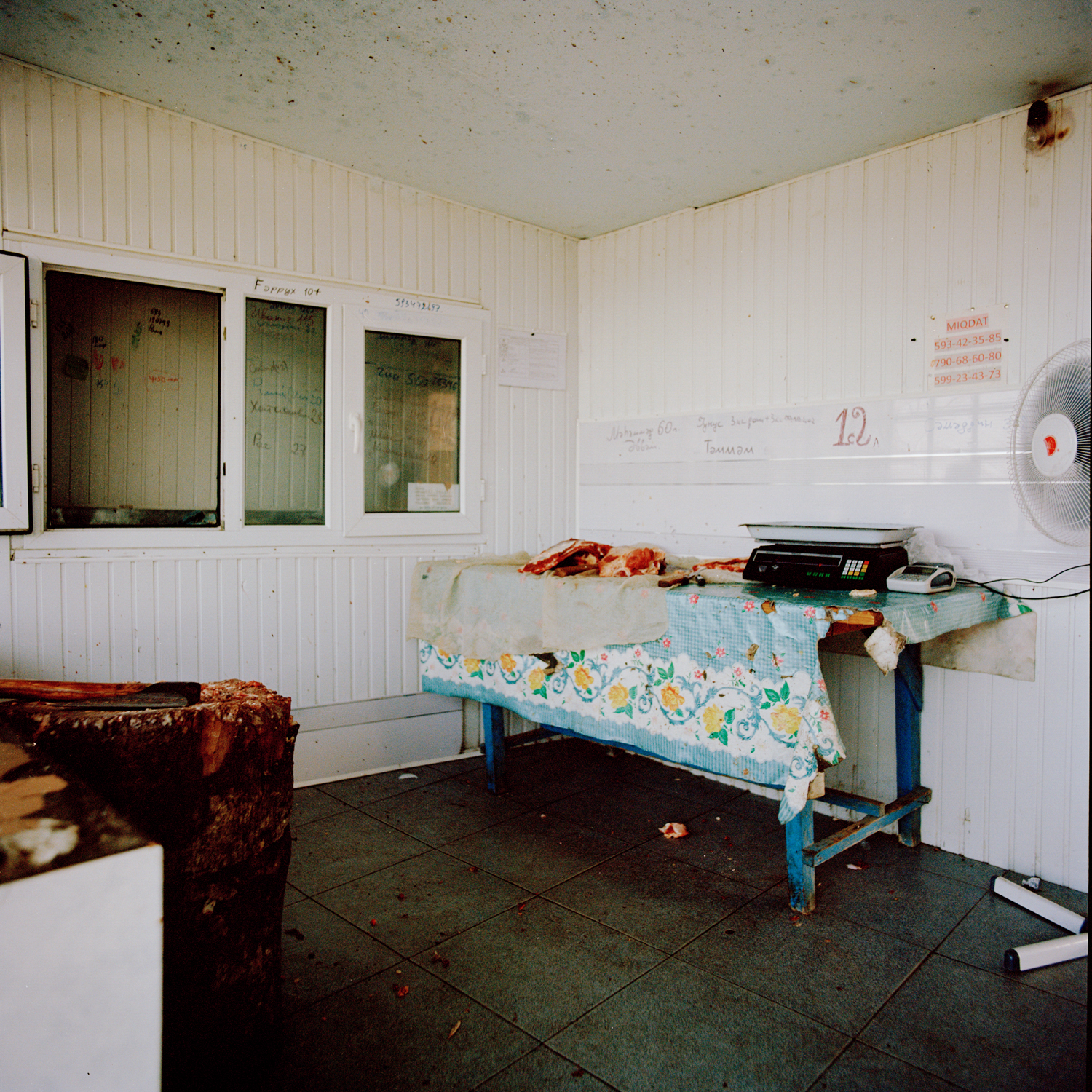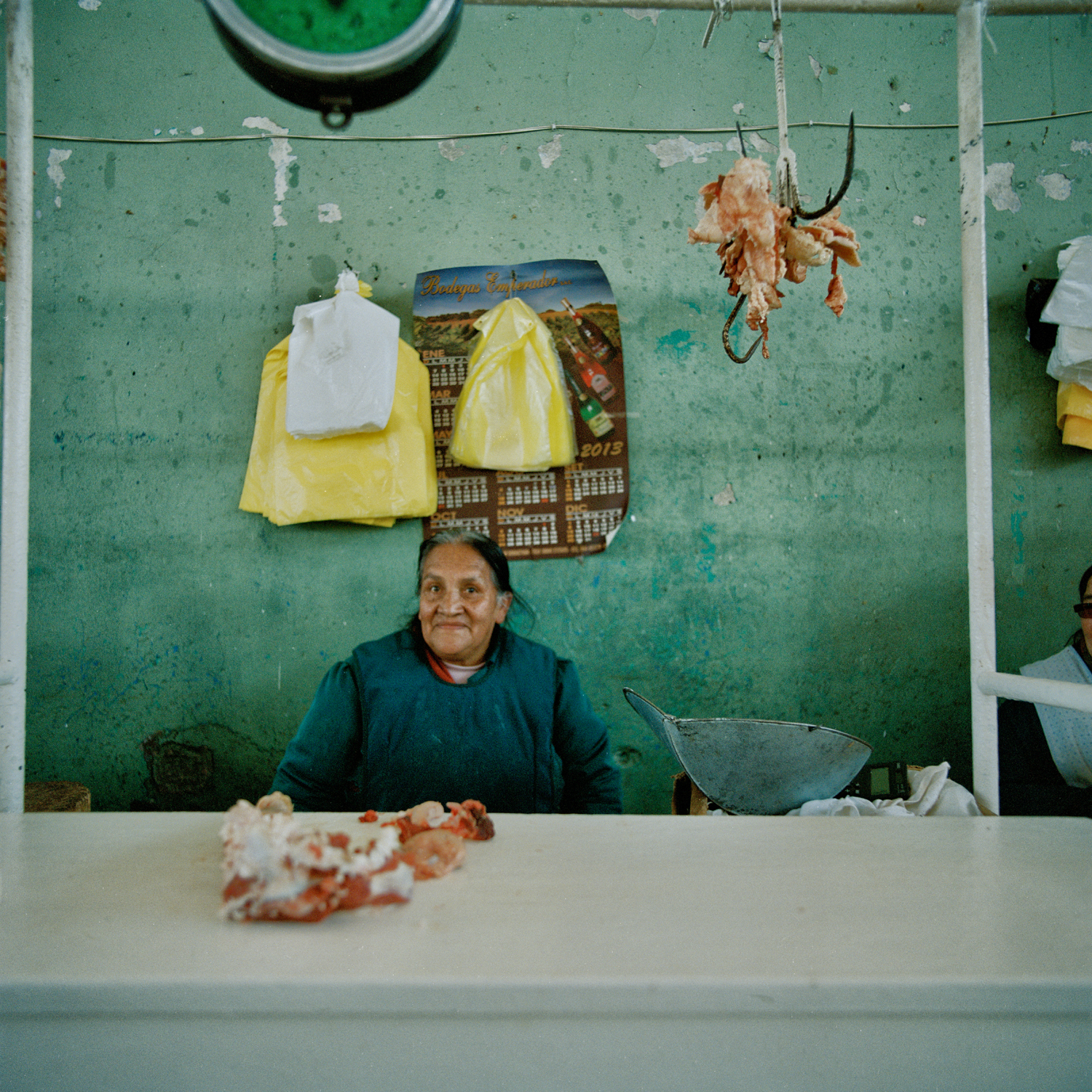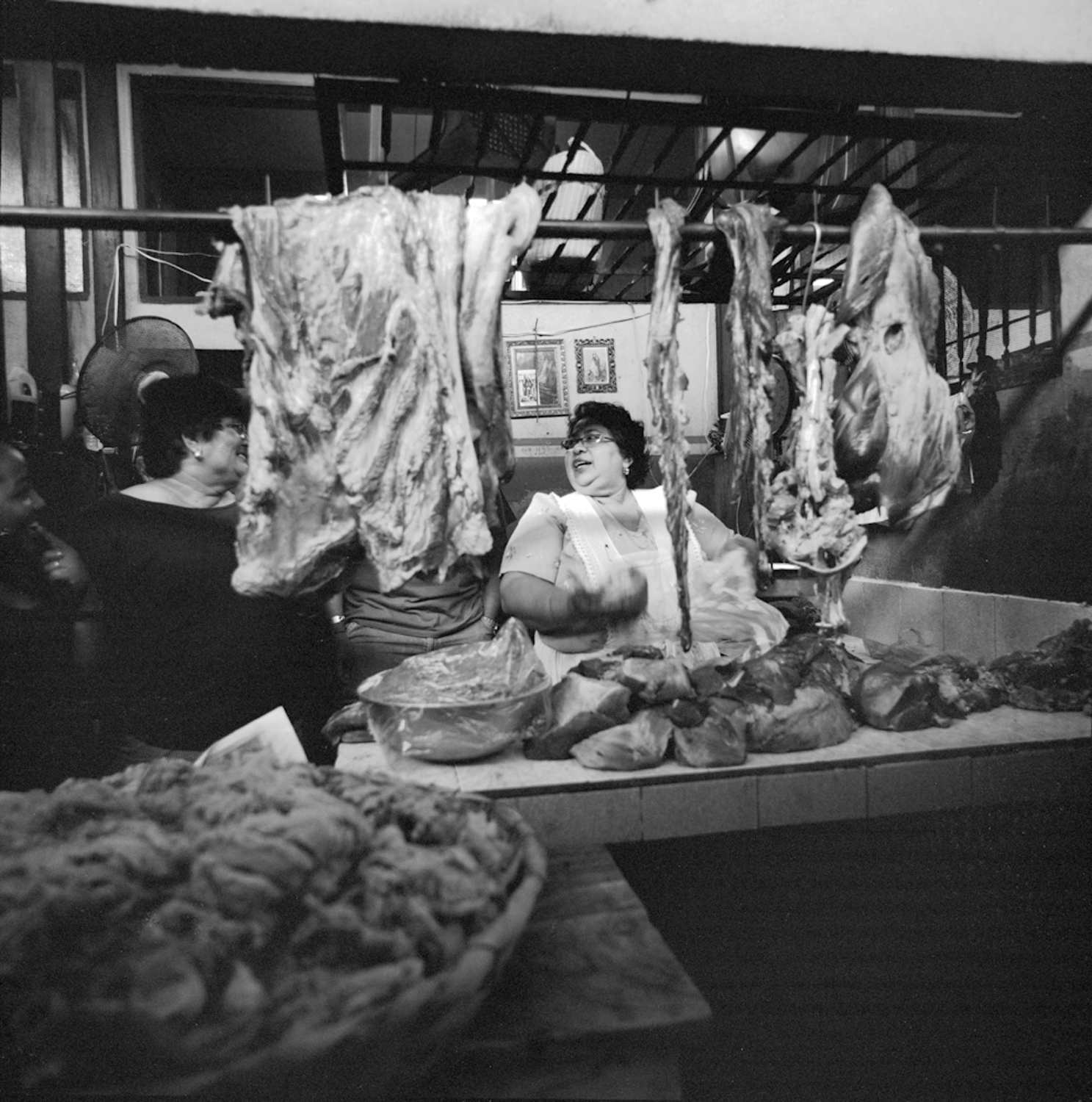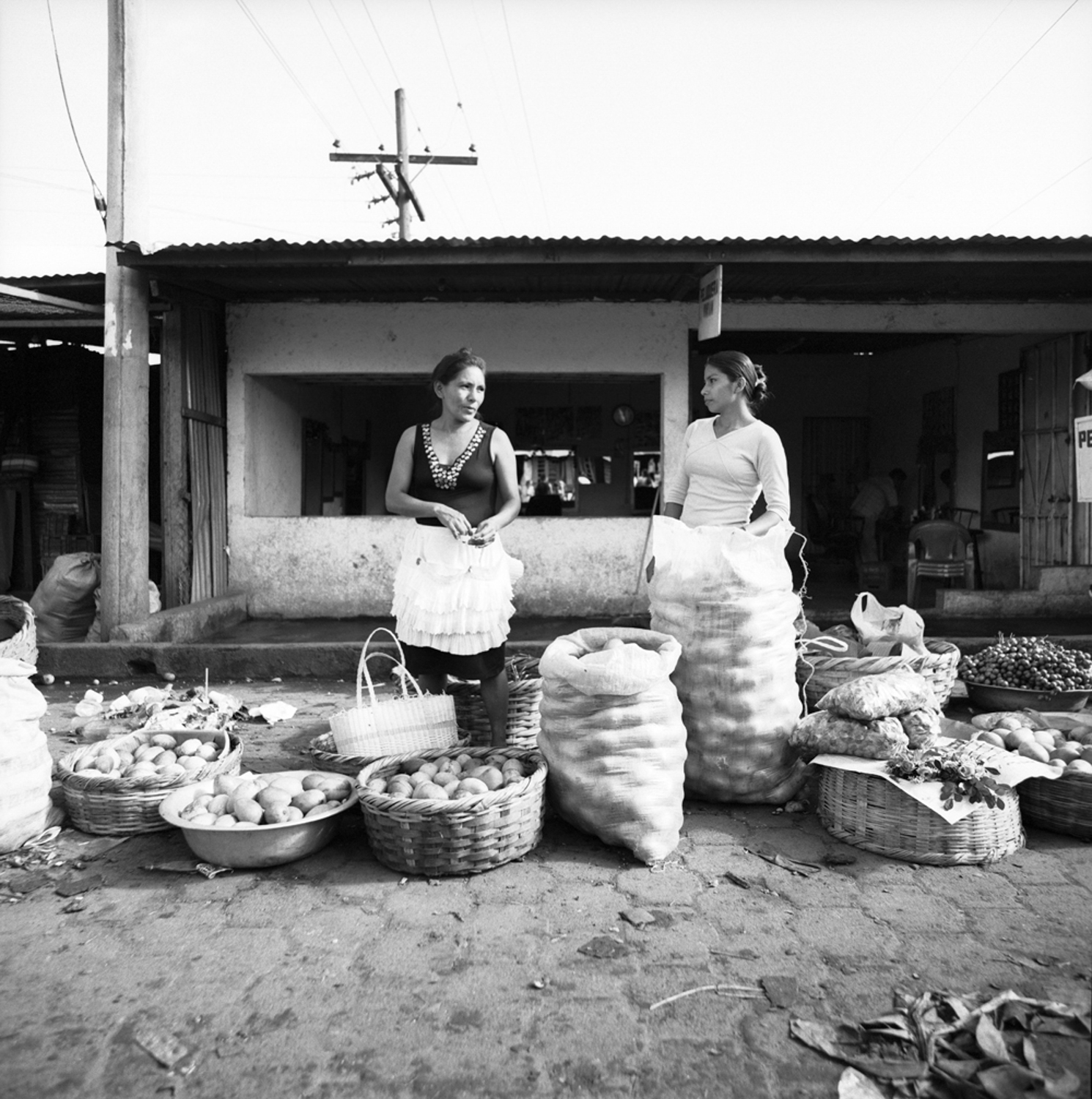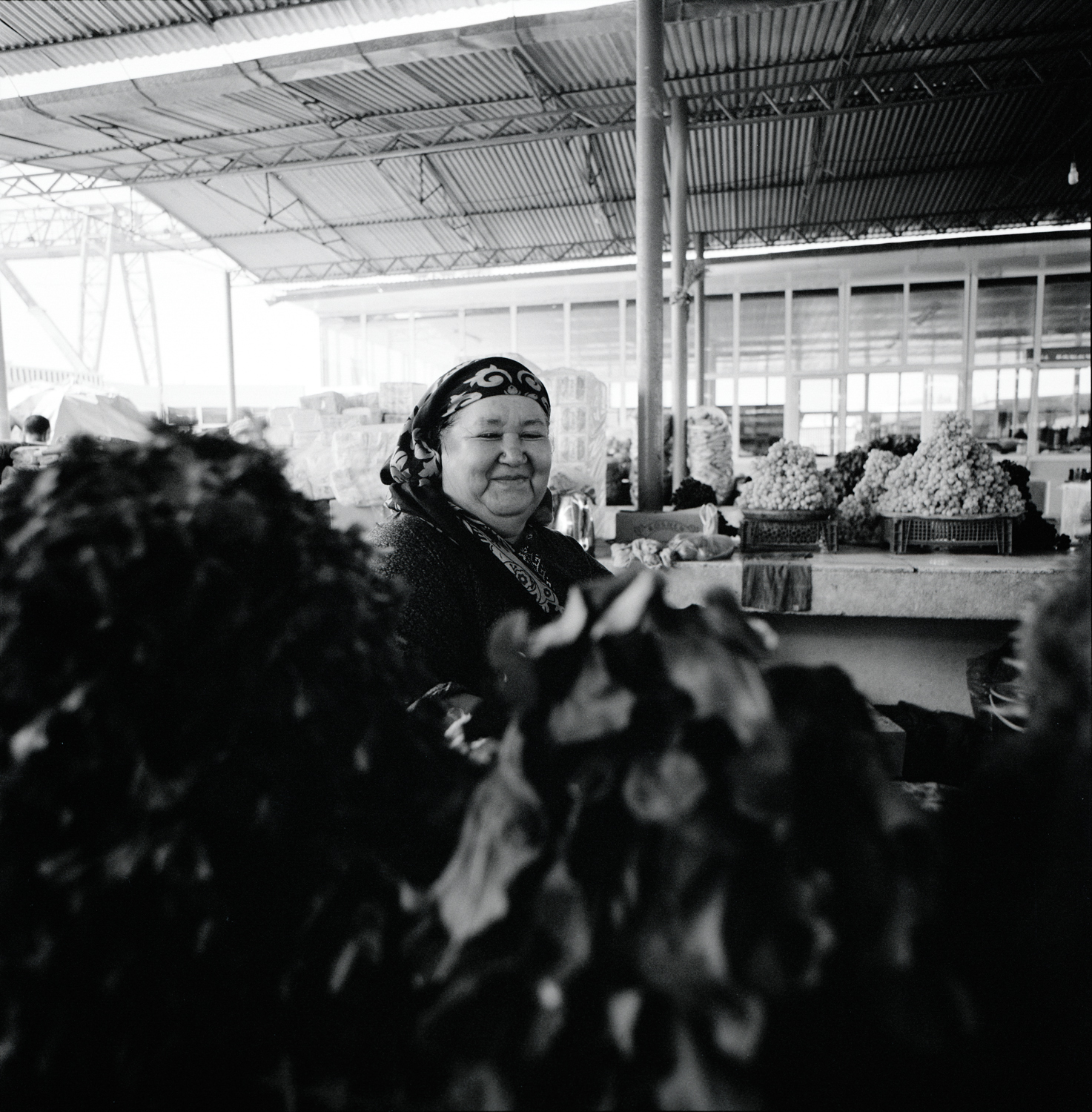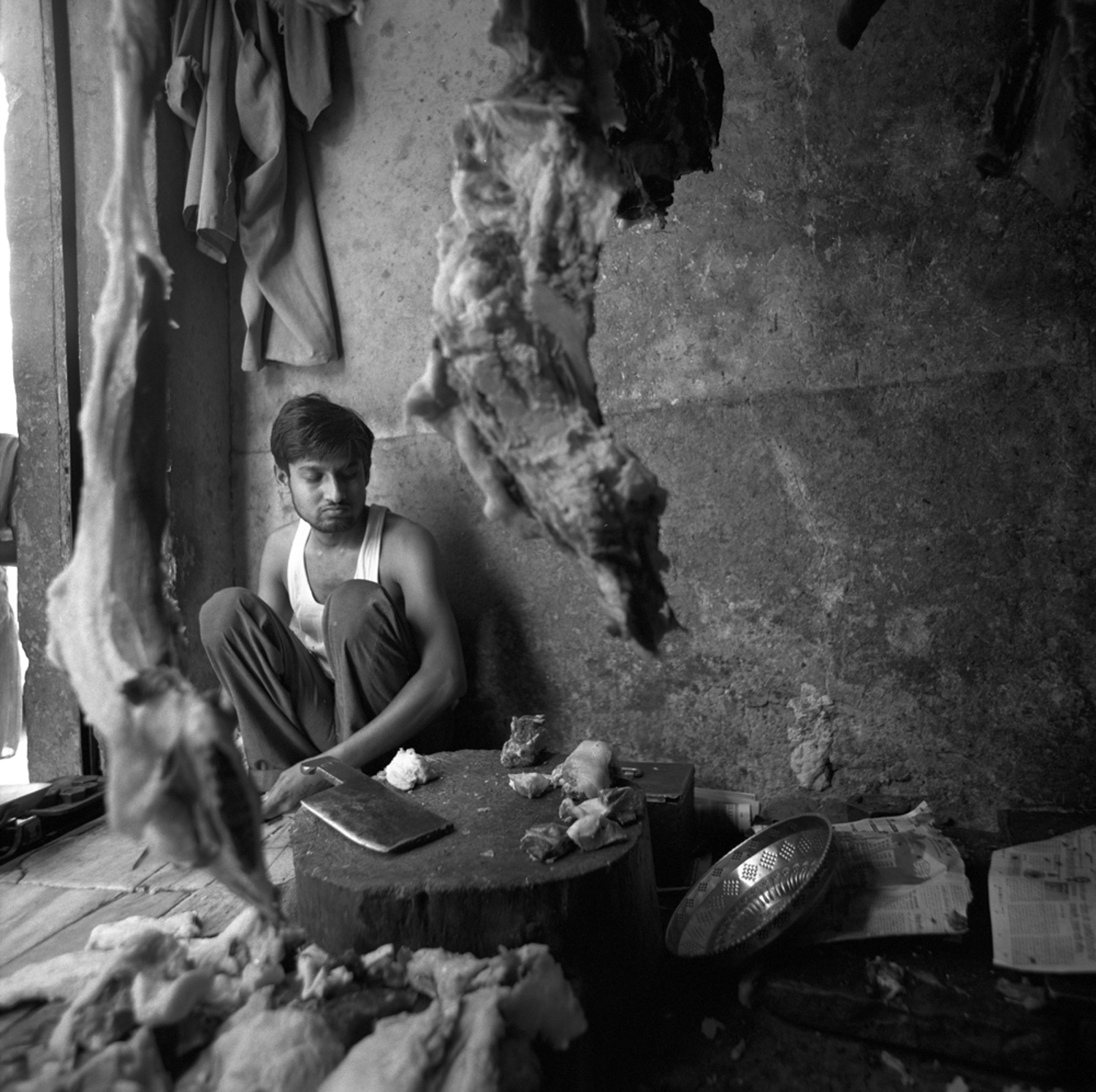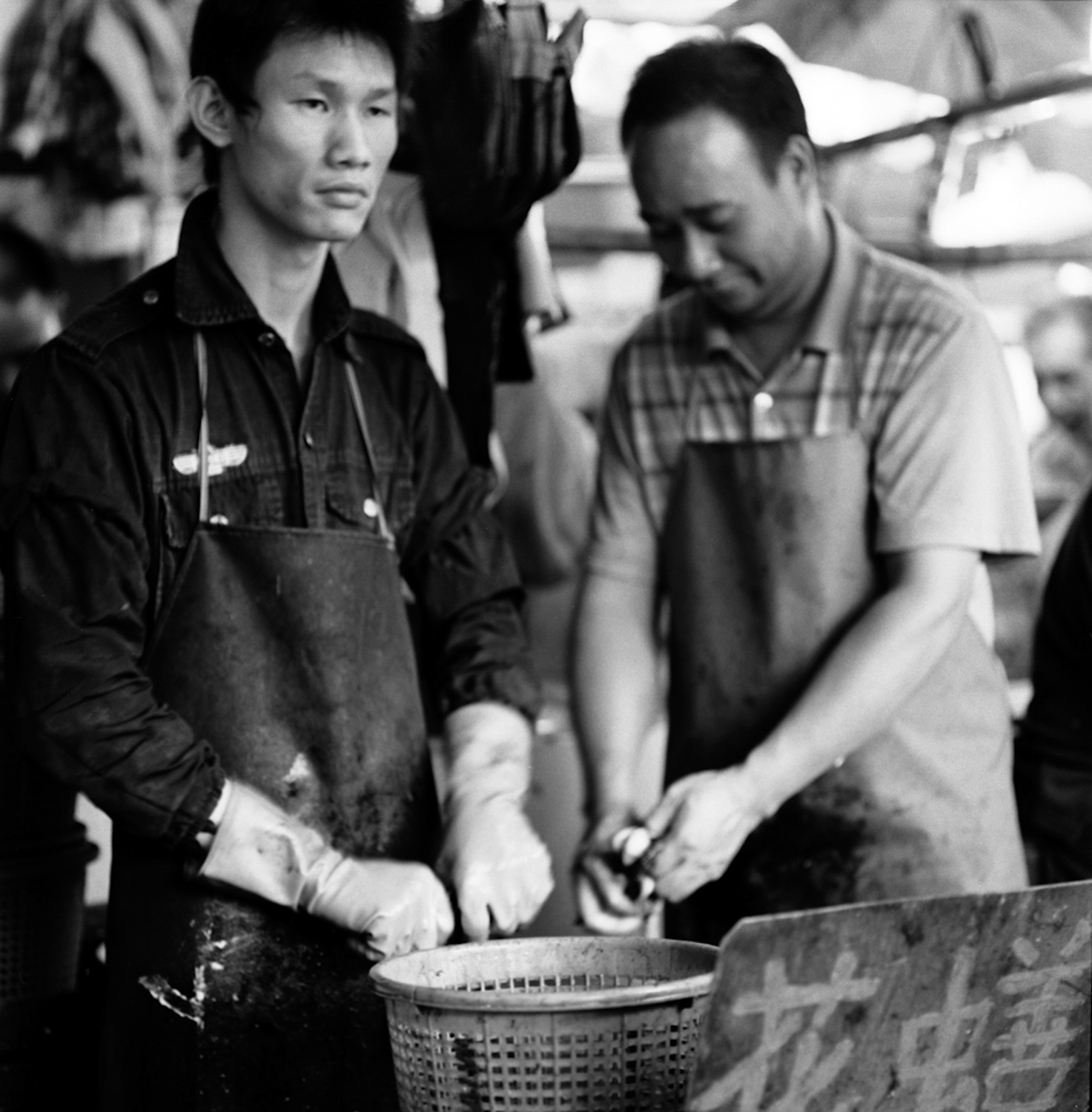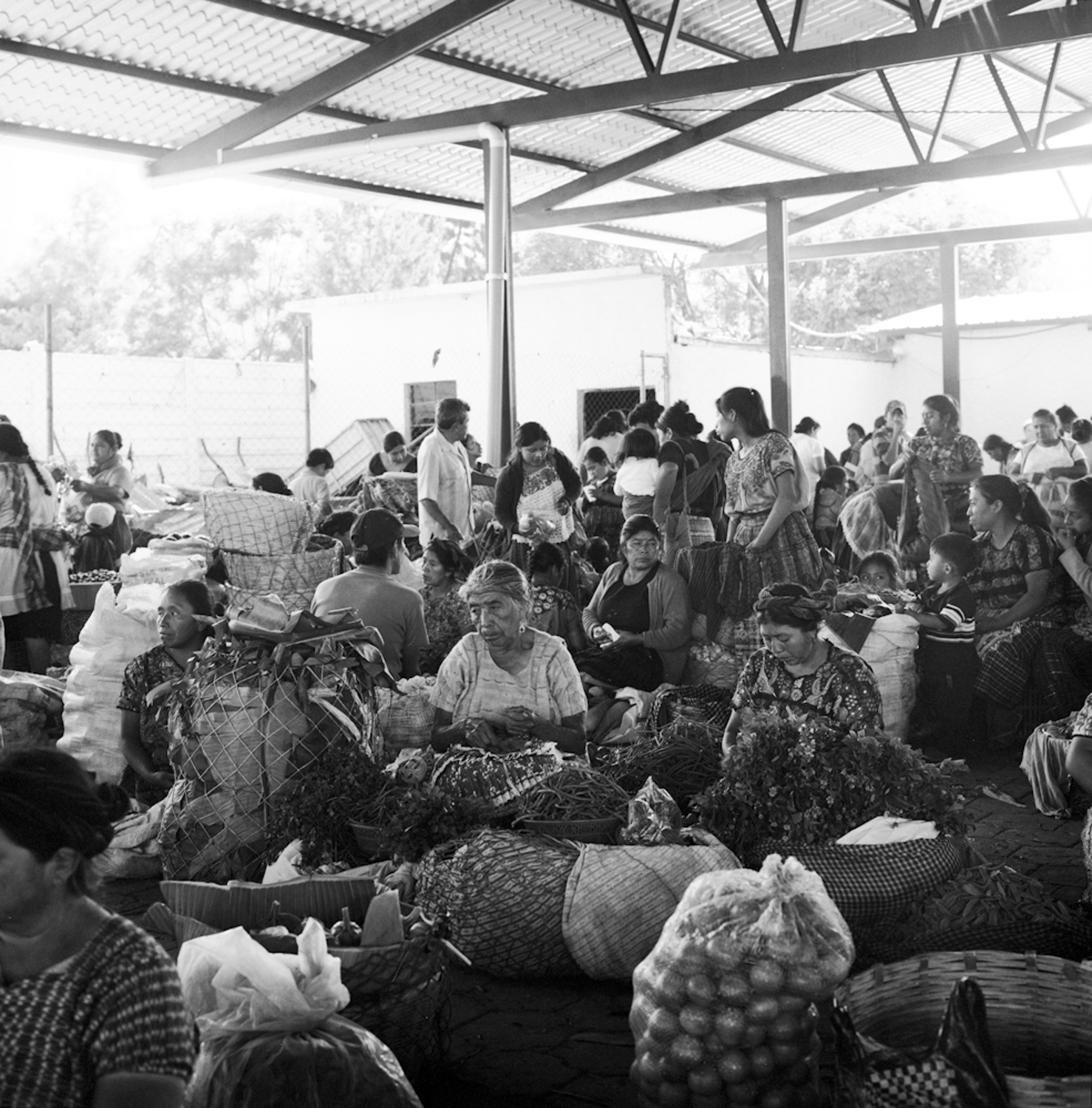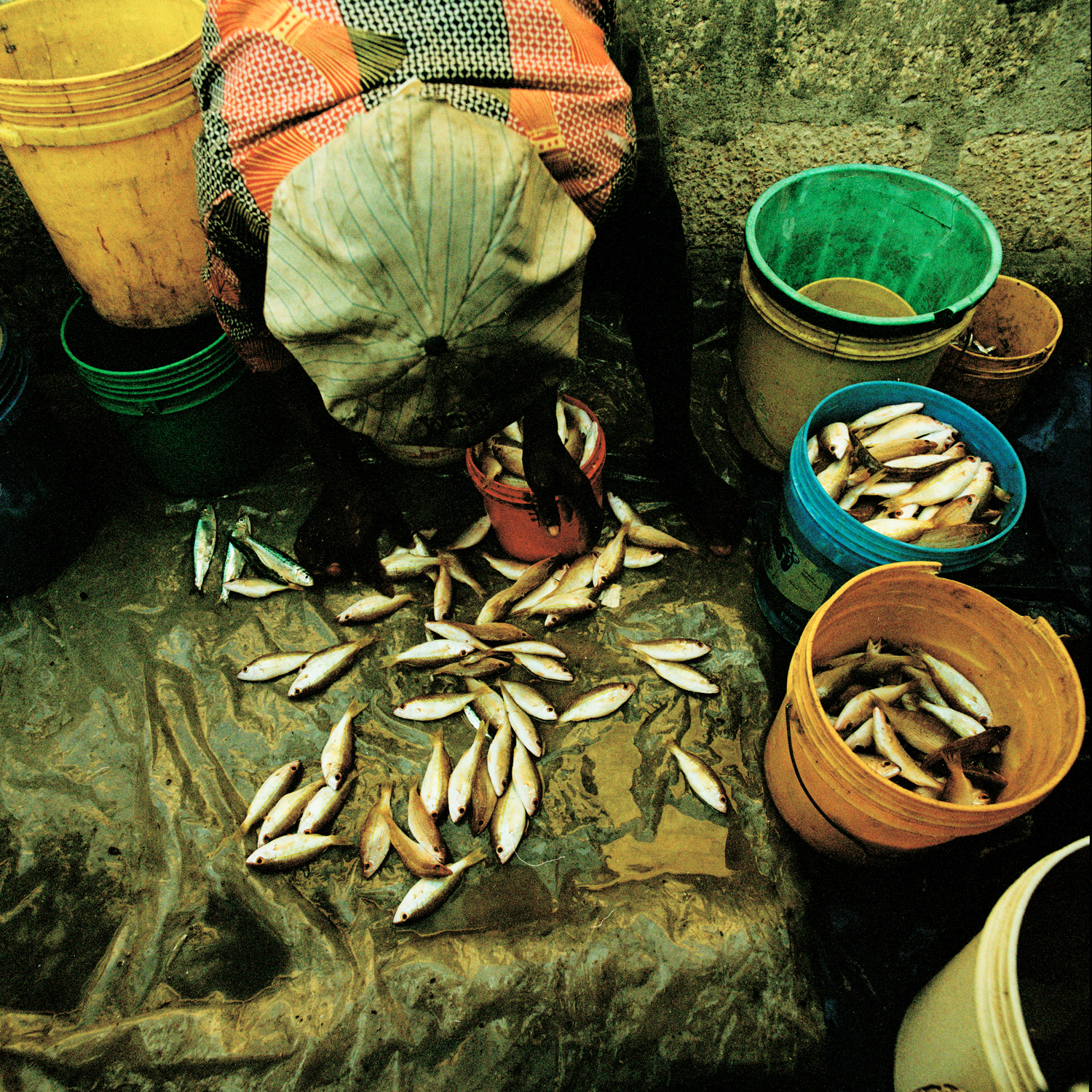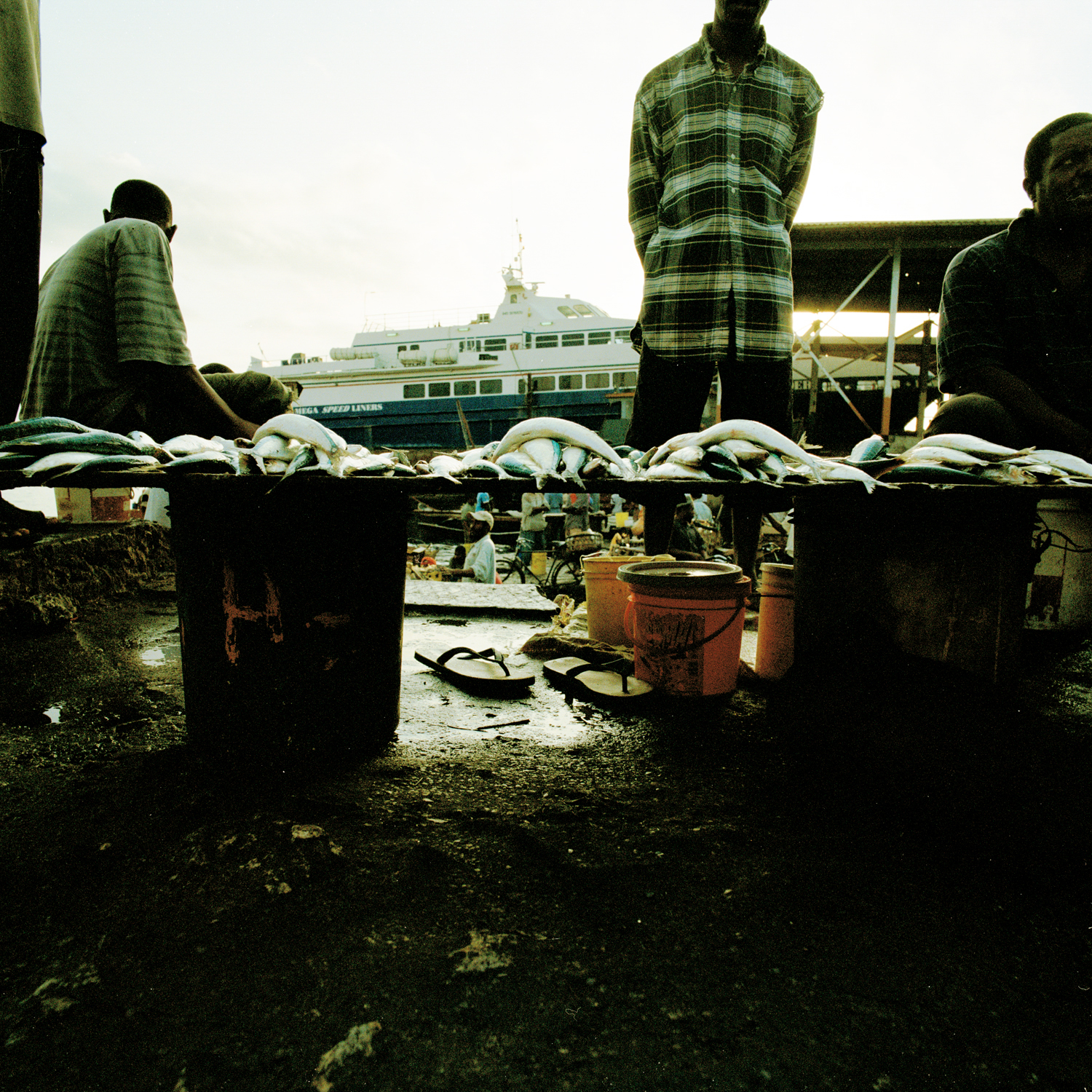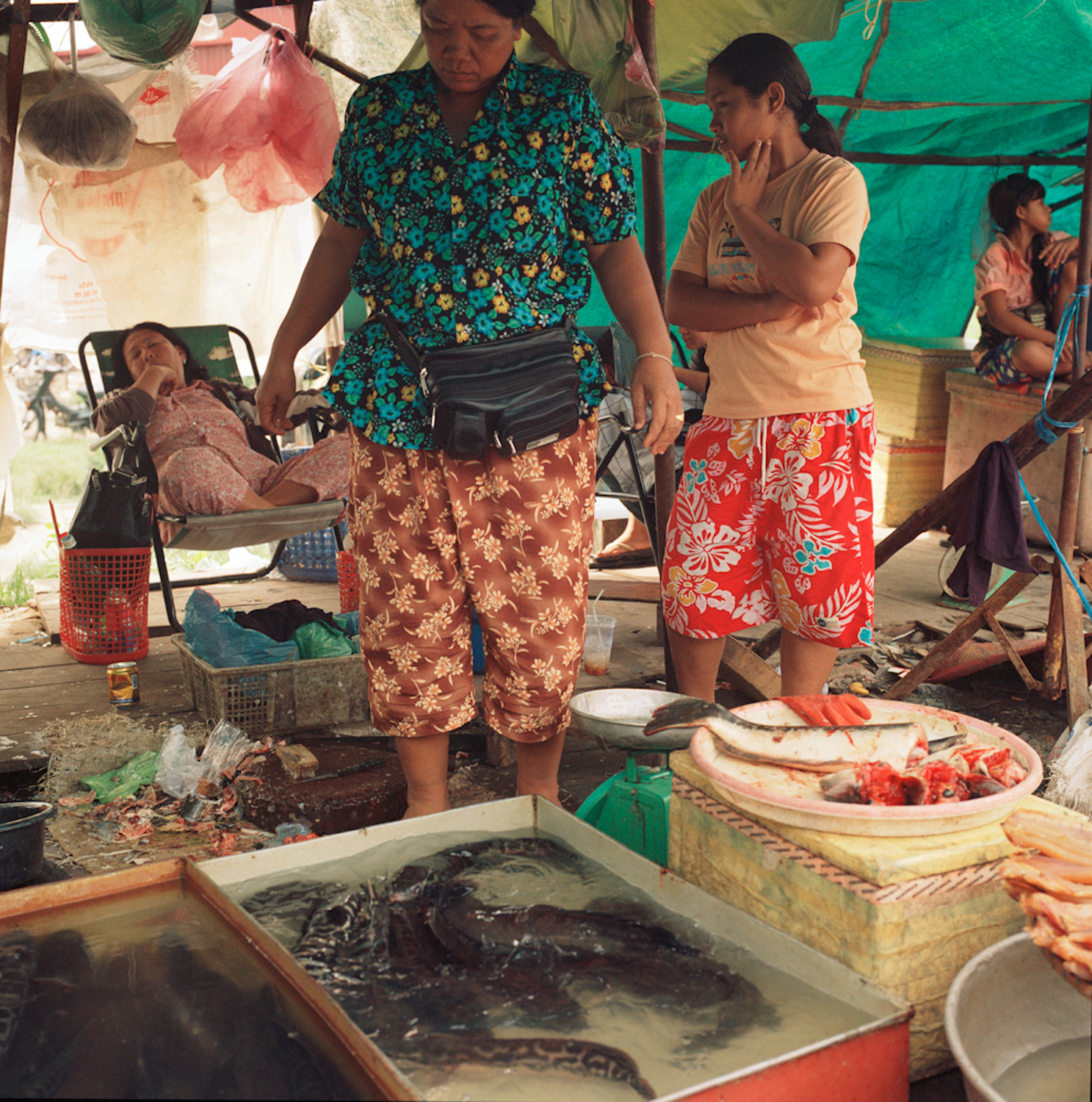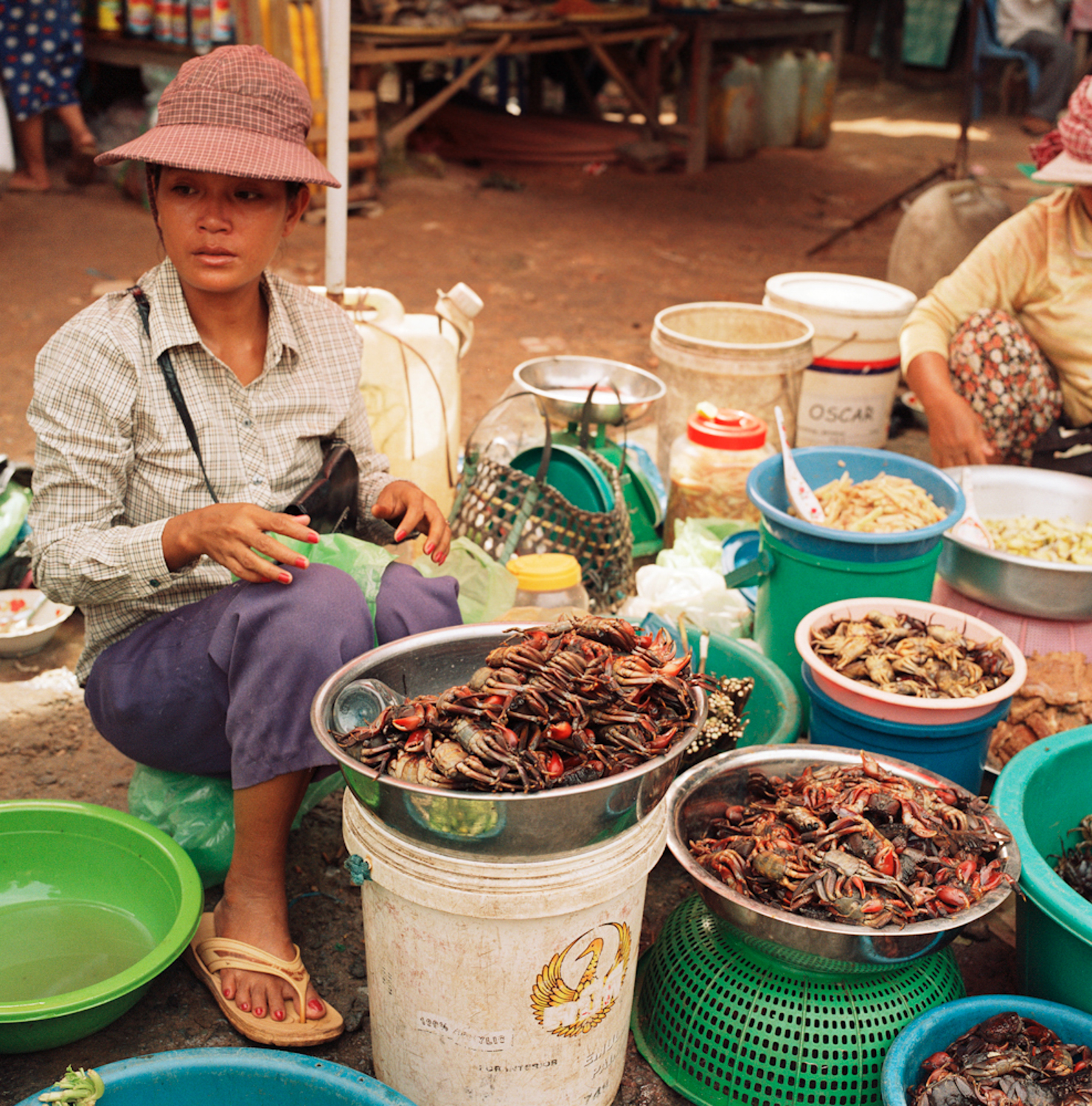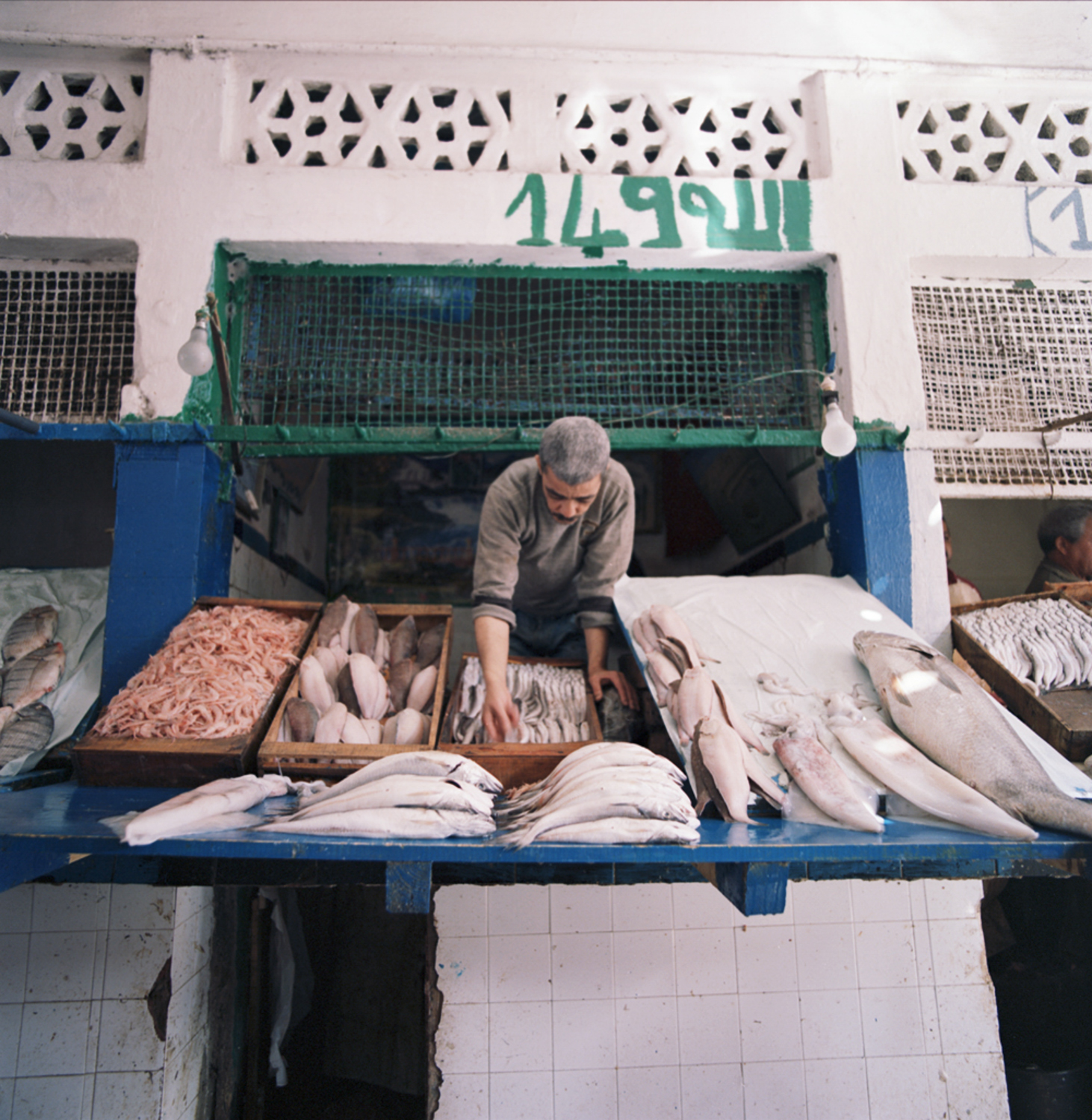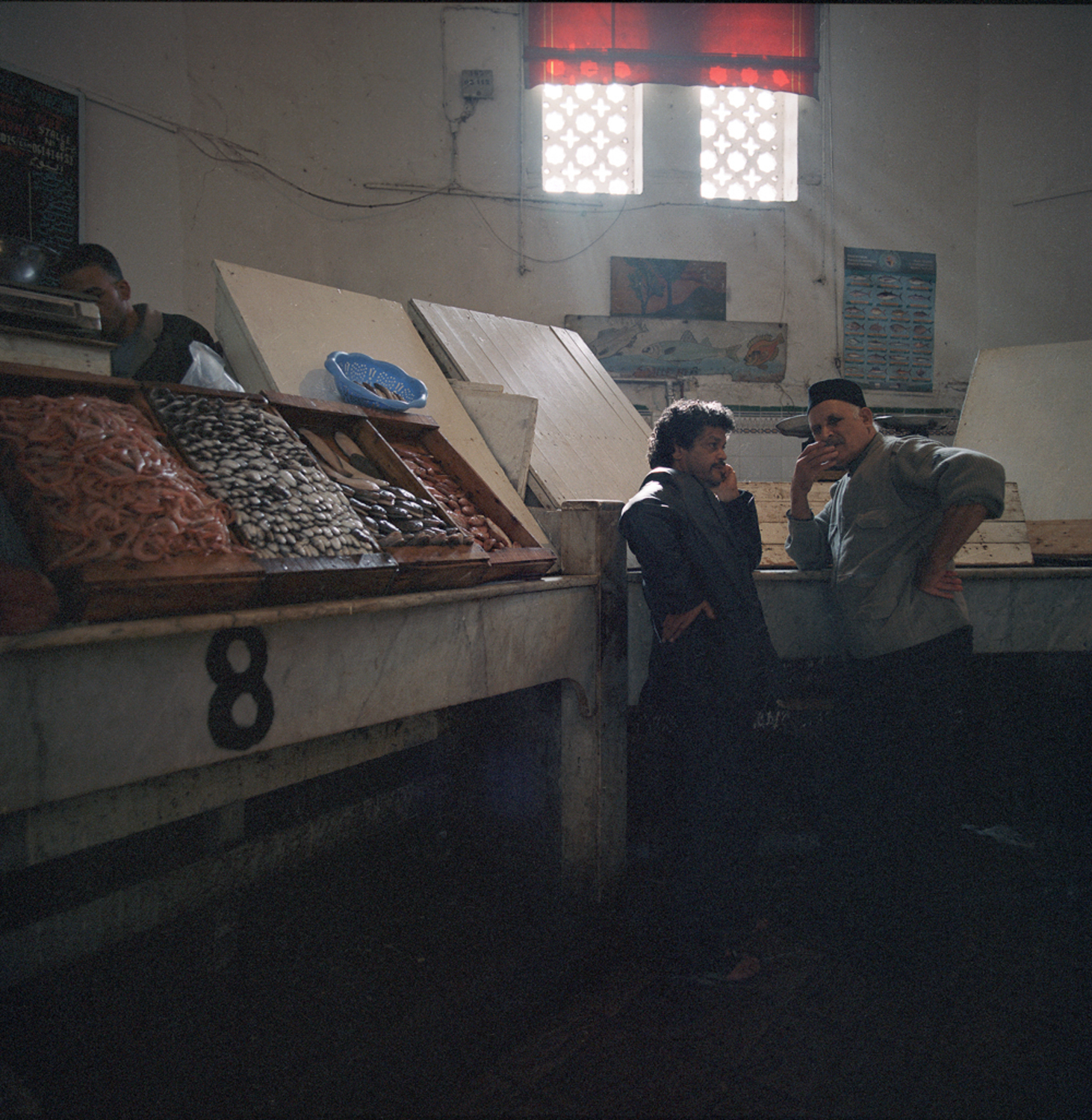This place, the marketplace, is humanitie's oldest tradition. When we allow ourselves to look beyond the death, the dying, the blood and guts, and economics, we find the social and the human. This is where we connect, where we learn the latest news and check on our neighbors. This is where the day starts. The marketplace was once the heart of every township and it still is in many parts of the world.
My fascination with the markets started from an exaggerated childhood fear. Once I got past the fear and revulsion, I discovered an uncommon beauty that beckoned me to return again and again. In a strange way, I grew up in these markets, I learned to not just look but see, to consider the impact of our choices, and how to be present and human."
“To say that Charlie Grosso’s Wok the Dog is ‘food photography’ is like saying that Ansel Adams took pictures of big rocks. By illuminating the global human relationship to food, she makes the farthest corners of the world seem somehow expansive yet knowable, bizarre yet right next door. These images are beautiful, technically perfect, and sometimes a little bit creepy.””
“Powerful”
“Splendid Photos!”
“In her photographs of markets, Charlie reveals that many peoples still have a direct link to their food. They have instinctive, natural understanding of food and eating that is passed on from generation to generation, a culture of food. Here in North America, we have so distanced ourselves from our food we no longer understand that meat comes from living animals. The consequences of this lack of knowledge are disastrous.”
“Make no mistake, animal husbandry is ugly business. I remember watching the chickens in West Side Market in particular. As soon as you’d point at the one you wanted to take home they sensed what was about to happen, and they’d all try to scatter in their cages. That’s a very different experience than going to aisle seven and plucking a perfectly butchered, cleaned and cryovaced-for-your-protection chicken breast from the refrigerated case. The lengths that Charlie is going to with the scope of this project is an admirable thing, and I hope it catches on in a big way.”
Inception...
It started with an irrational childhood fear. Clean, brightly lit supermarkets didn’t exist in Taipei in the early 80’s. Groceries were bought at old- fashioned markets where mothers and wives knew the best vegetable vendor, the butcher with the best cuts and the couple that sold the cheapest fruits. The markets were dark, full of pungent smells; floors were slick with blood and water. The sounds of caged and dying animals filled the space. Only three feet tall, I was afraid of getting lost in the crowd, taken by the butcher, caged, and sold.
At 18, I returned to Taiwan and the markets, wanting to see what had made me so afraid. The markets had changed. They are more sanitary, brighter, often air-conditioned. But the struggle of life and death remained.
What was once fear turned into an investigation on the commerce of life: the death of the animal sustains our lives and the livelihood of the vendors. An intricate knot of life - death - life. The neatly packaged meats of supermarkets - “pink in plastic” - the mark of civility and upward mobility, distances us from what food is. Creating a false a sense of detachment, dulling our awareness. There is a harmony between man and his food that comes from cherishing our dinner and acknowledging the pork chop on his plate once had four legs and a beating heart.
The true cost of the industrialized food system, our reliance upon refrigeration and the rampant waste as a consequence is evident when one compares the traditional markets of developing nations to superstores of first world countries. We are blind to our impact on the natural equilibrium. Our need for convenience has also enabled us to avoid our own mortality. Food becomes less special; life less precious. We would not eat as we do, waste as we do if we understand what it takes to produce a six-ounce steak. We forget about seasons and turn a blind eye to scarcity.
After the initial years, I looked beyond the animals and saw the vendors and their lives.
The butcher and fishmonger surrounded by death yet always joyful. The vegetable lady singularly devoted to the one produce they have to sell. There is a sanctity ingrained in death, a truth that we are, head to toe, animals too. We are beasts eating beasts. Recognizing the truth of it enhances our humanity; the savagery is in our avoidance.
As I travel from country to country, I begin to see the subtleties of gender, economic and social dynamics of each culture and how they are depicted in technic-color in these markets. The markets are a micro-universe of that culture. The cuisine is a reflection of the national psyche, and food starts at the point of purchase. To understand a culture, you start with the food; to understand the food, you start at the market.








